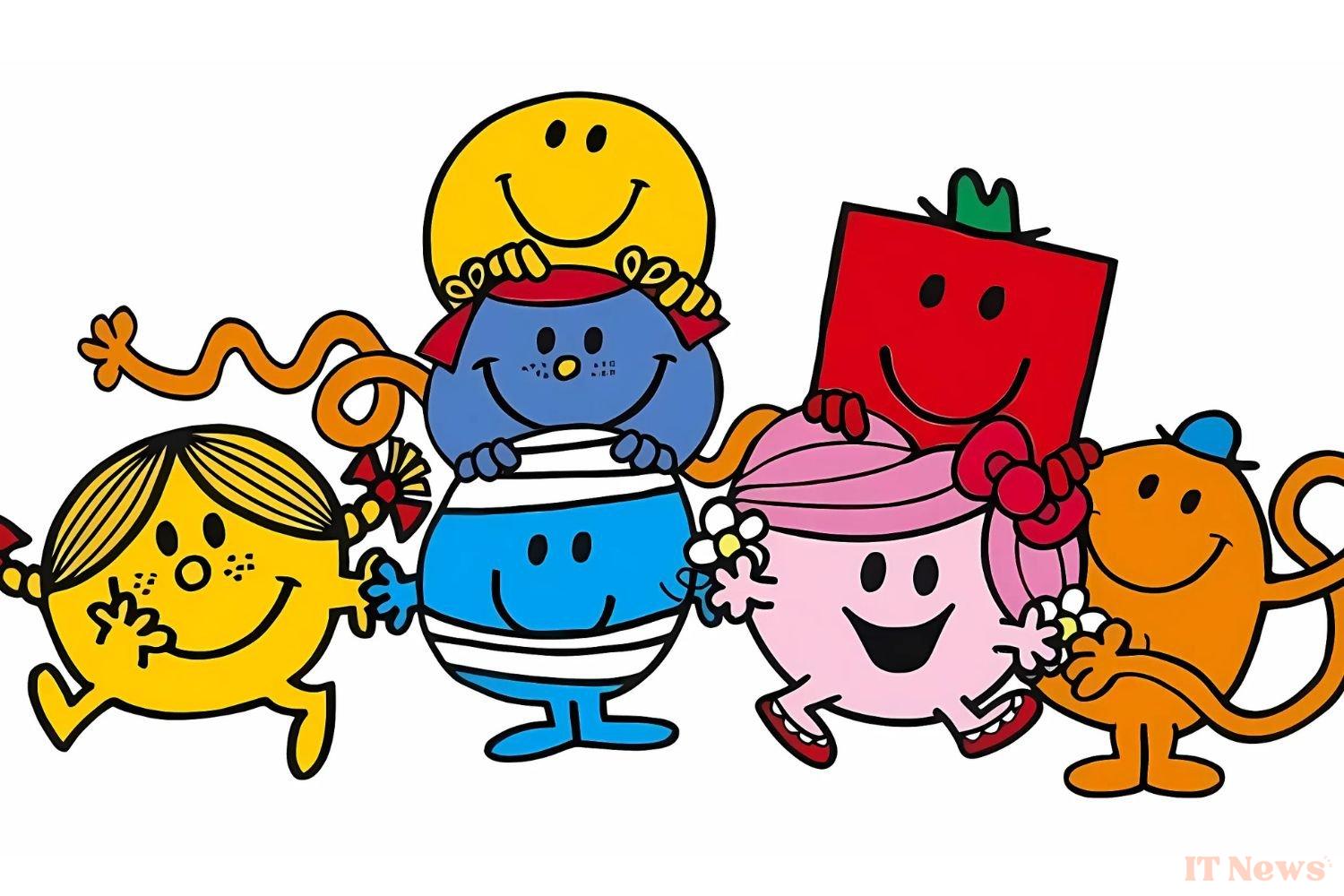Among the many topics covered in the annual report on the state of sexism in France by the High Council for Equality between women and men, one series in particular stands out: the children's book collection Monsieur Madame, written and illustrated by Roger Hargreaves between 1935 and 1988. Behind its round illustrations and universal themes, the collection finds itself in the institution's sights for its stereotypical representations of gender.
What does the HCE criticize the Monsieur Madame books for?
The HCE's analysis highlights the flagrant imbalances in the representation of male and female characters within the collection. On the one hand, female characters are presented as "wise", "shy", "beautiful", "minnow", "flirtatious", "tidy" or even "clean", emphasizing their physical appearance and character. On the other hand, male characters are described as "fast", "strong", "rude", "dirty" or "adventurous", instead emphasizing their strength and independence.
The report also highlights the absence of gender equivalents for most of these characteristics. A glaring asymmetry, which reinforces the idea that certain qualities or behaviors belong exclusively to a specific gender. While the collection sometimes creates male and female characters who share similar traits, the practice remains exceptional, such as Mr. Chatty and Mrs. Chatty, identified by their similar physique, and differentiated by the addition of stereotypical accessories and the use of the color pink.
Notable efforts, but significant progress to be made
While the collection has made some efforts to evolve, such as the introduction in 2018 of Mrs. Invention, Mr. Quiet or Mrs. Courage, these initiatives remain marginal compared to the persistence of stories imbued with stereotypes. While the presence of these stereotypes in children's literature is not categorically condemnable, they should be put into perspective. Faced with such gendered representations in children's literature, there is a risk that children will construct their identity through these narrow visions of gender representations. According to the report, this cultural environment continues to make children believe that certain qualities, activities and preferences are reserved for a specific genre and excluded for the other. This artificial division considerably limits the potential for personal development of children and can harm their self-esteem. The Monsieur Madame collection is obviously far from being the only one in these cases, but one example among many of the progress that remains to be made. do in the field.
Children's books without stereotypes
- Believe in fairies, but not in clichés, by Julie Gielen-Michel
- The little wooden robot and the log princess, by Tom Gauld
- Under the eyelids, by Claire Pommet and Pauline de Tarragon
- You can, by Élise Gravel



0 Comments